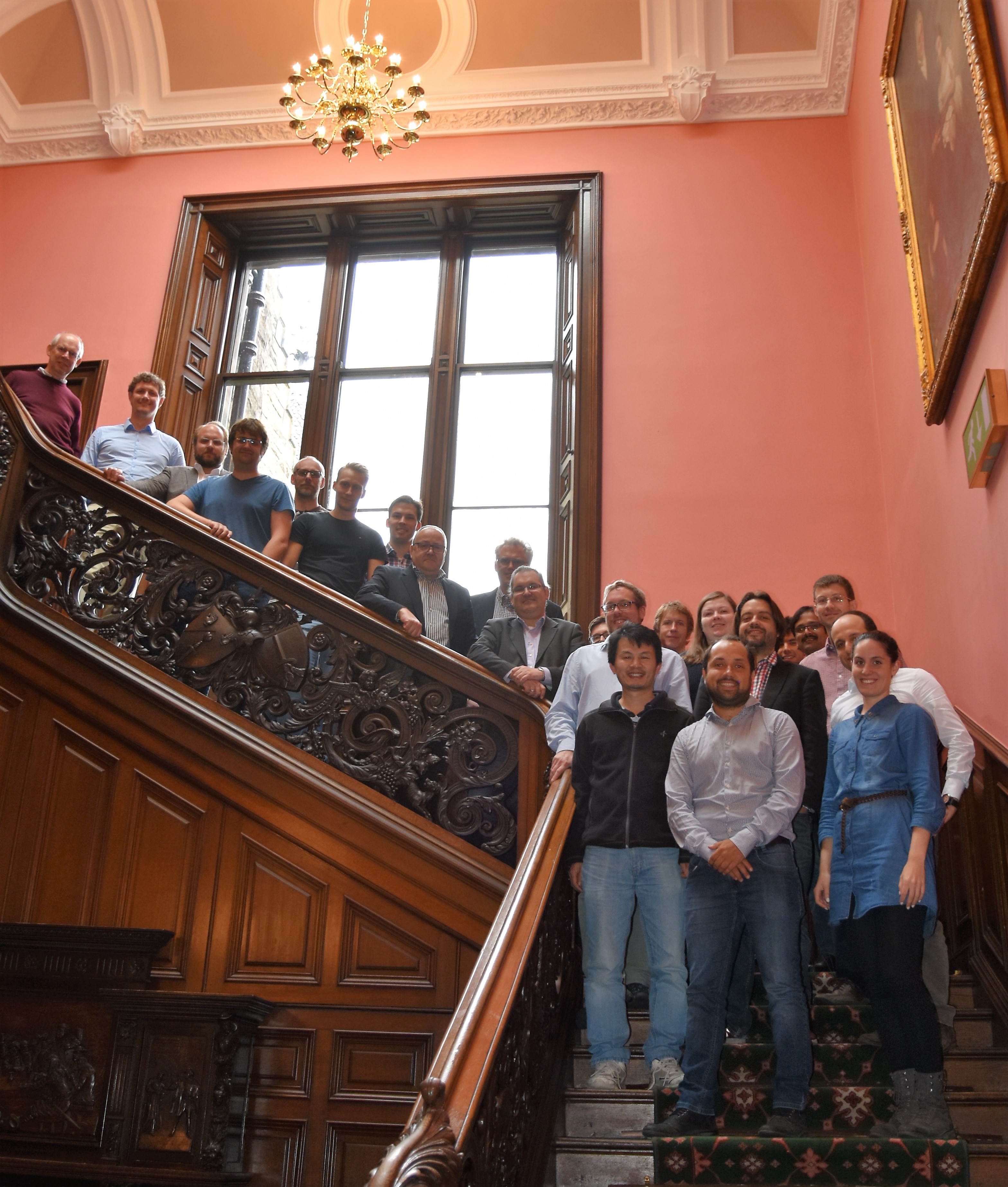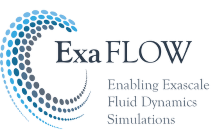In mid-September, the ExaFLOW consortium gathered with members of the Scientific Advisory Board in the impressive surroundings of the mid-nineteenth century mansion St Leonard's Hall in Edinburgh. This all-hands meeting allowed everyone to be updated on the project’s achievements during the last six months and set the agenda for the final year.

We heard summaries of each Work Package, as well as in-depth scientific presentations. These focused on all of the major aspects of the project - algorithm-optimization work, I/O reduction and data compression strategies, and the current implementation and code-benchmarking status. During the meeting, participants could look back at which ideas and intentions worked and – keeping in mind the end of the project is near – what still needs to be done.

In the coming months, we will focus on the algorithmic challenges in extending CFD simulations to exascale computing that still need to be cracked. The major issues to be addressed are improvements in heterogeneous modelling, and a final evaluation of the mixed CG-DG scheme, which allows for efficient execution of individual jobs on a large number of cores. We are also preparing to implement as many of these improvements as possible in a single code to test our Flagship Use Case – turbulent simulation around McLaren racing car front wing – on a near-exascale system. This will prove that our codes and algorithms show clear economic impact for the use of CFD simulation.
Finally, we want to continue to share and discuss our work with the CFD and HPC community by participating in events, organizing workshops, and publishing papers. We will keep you up to date on upcoming possibilities to meet us.



